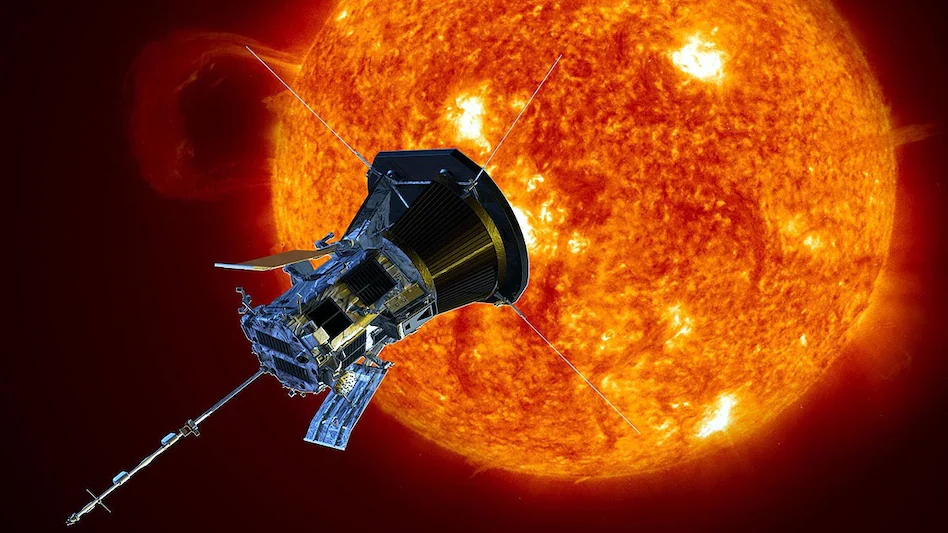NASA’s Parker Solar Probe has made history by completing its closest approach to the Sun, returning from the extreme solar environment in a “safe” condition. This significant milestone represents humanity’s nearest journey to our star, aimed at uncovering new insights into the complexities of solar dynamics. The next important update from the spacecraft is anticipated on January 1st, when it will send back detailed telemetry data regarding its status and findings.
The Parker Solar Probe ventured deeper into the Sun’s corona than any previous spacecraft, enduring temperatures that exceeded 2,500°F while navigating intense solar radiation. Its mission focuses on studying solar winds, magnetic fields, and plasma—phenomena that have a substantial impact on space weather and, consequently, on Earth’s technological systems. This remarkable achievement showcases NASA’s technological capabilities and marks a new era in space exploration.
Mission scientists are particularly excited to analyze the data gathered during this historic flyby. They expect to gain unprecedented insights into the Sun’s energy transfer processes and the acceleration of solar winds, which are still key unanswered questions in heliophysics. Such findings could transform our understanding of solar phenomena and improve predictions of space weather events that influence satellite operations and power grids on Earth.
Launched in 2018, NASA’s Parker Solar Probe is set to make several more close passes to the Sun in the coming years. Each maneuver aims to bring it even closer to the solar surface, pushing the limits of human engineering and scientific exploration. The probe’s successful navigation of this latest encounter solidifies its position as a pioneer in exploring the most extreme conditions in our solar system.








